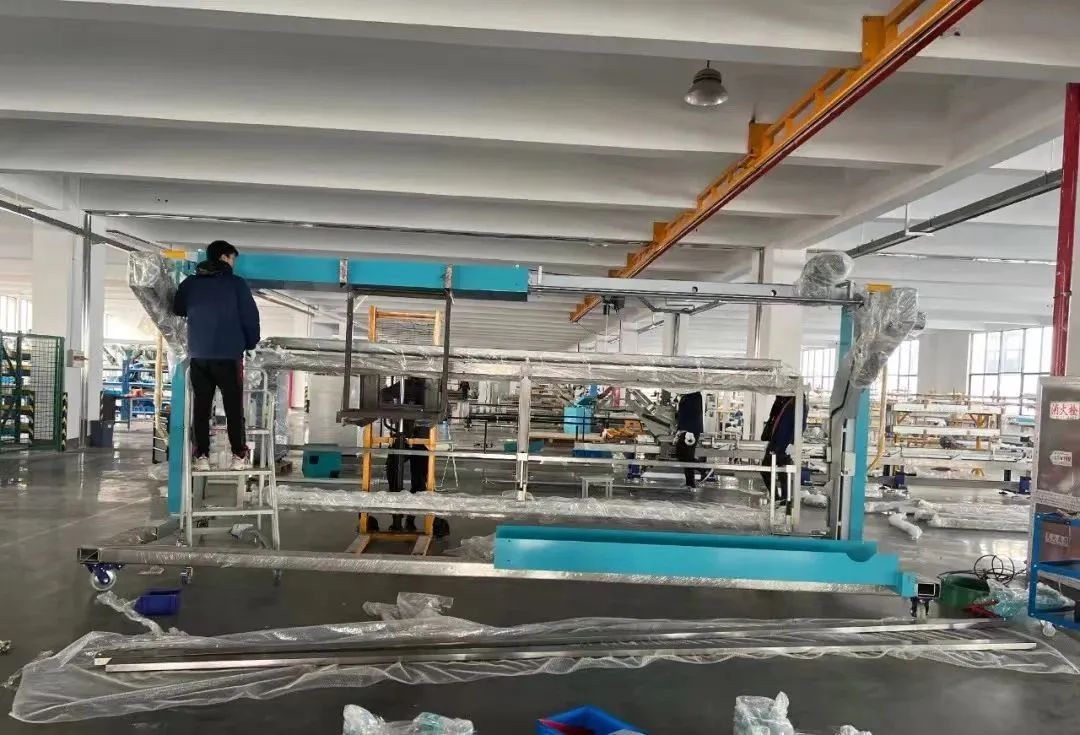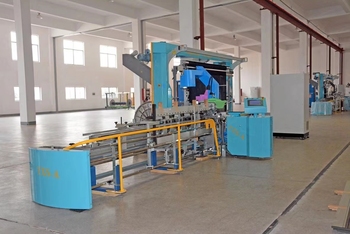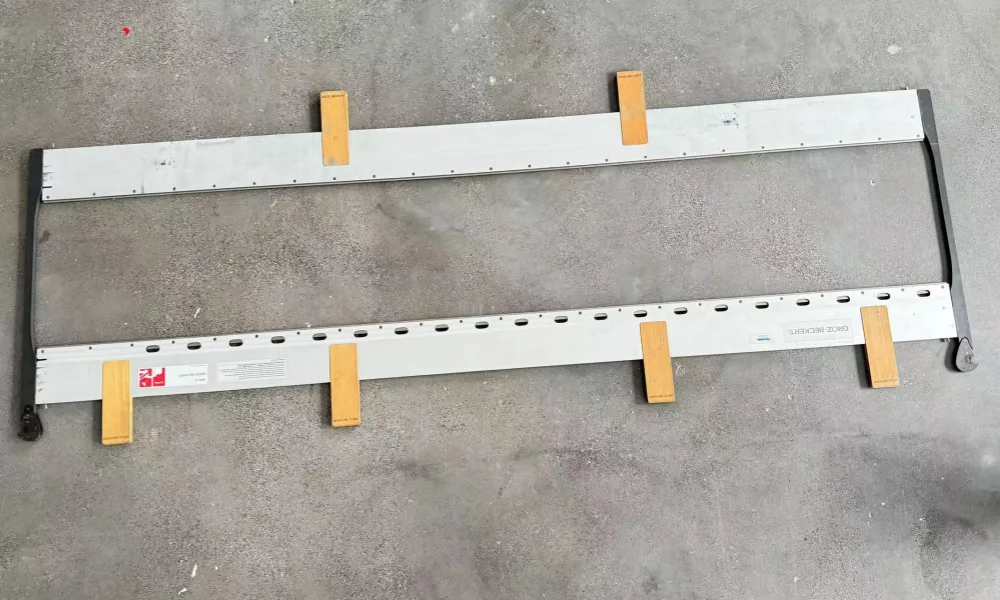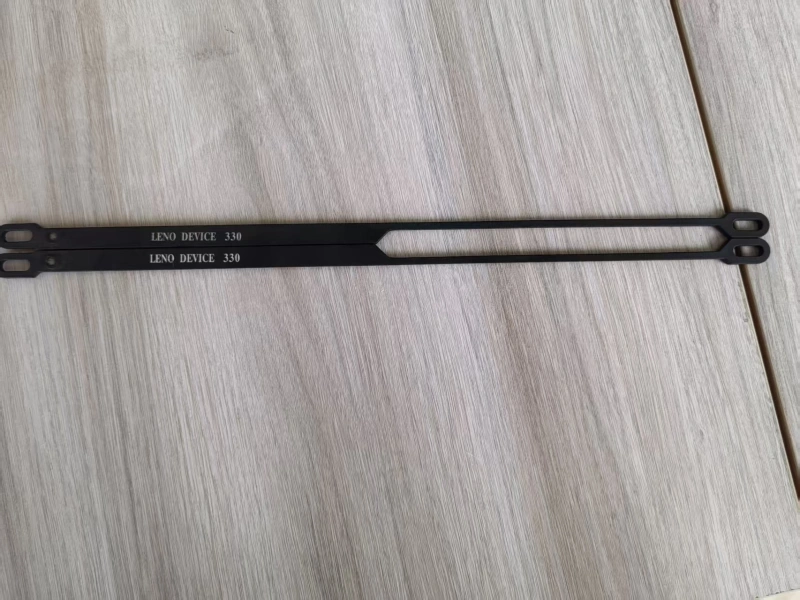Understanding Textile Machinery: The Role of Automatic Drawing-In Machines
2025-01-23
Textile machinery encompasses a wide range of equipment used in the production and processing of textiles. This machinery plays a crucial role in transforming raw fibers into finished fabrics, facilitating various stages of textile manufacturing. Among the many types of textile machinery, the automatic drawing-in machine stands out for its efficiency and precision in the weaving process.
An automatic drawing-in machine is designed to streamline the preparation of warp threads for weaving. In traditional weaving, the process of drawing in warp threads through the heddles and reed can be labor-intensive and time-consuming. However, with the advent of automatic drawing-in machines, this task has become significantly more efficient. These machines automate the drawing-in process, allowing for faster setup times and reducing the potential for human error.
The operation of an automatic drawing-in machine involves several key components. The machine typically features a system that feeds warp threads from a beam, guiding them through the heddles and reed with precision. Advanced models are equipped with sensors and computerized controls that ensure accurate alignment and tension of the threads, which is essential for producing high-quality fabrics.
The benefits of using an automatic drawing-in machine in textile manufacturing are manifold. Firstly, it enhances productivity by reducing the time required for warp preparation. This efficiency translates to lower labor costs and increased output, making it an attractive option for textile manufacturers. Secondly, the precision offered by these machines leads to improved fabric quality, as consistent tension and alignment minimize defects in the final product.
In conclusion, the automatic drawing-in machine is a vital component of modern textile machinery. By automating the drawing-in process, it not only boosts productivity but also enhances the quality of woven fabrics. As the textile industry continues to evolve, the integration of advanced machinery like the automatic drawing-in machine will play a pivotal role in meeting the demands of a competitive market.




